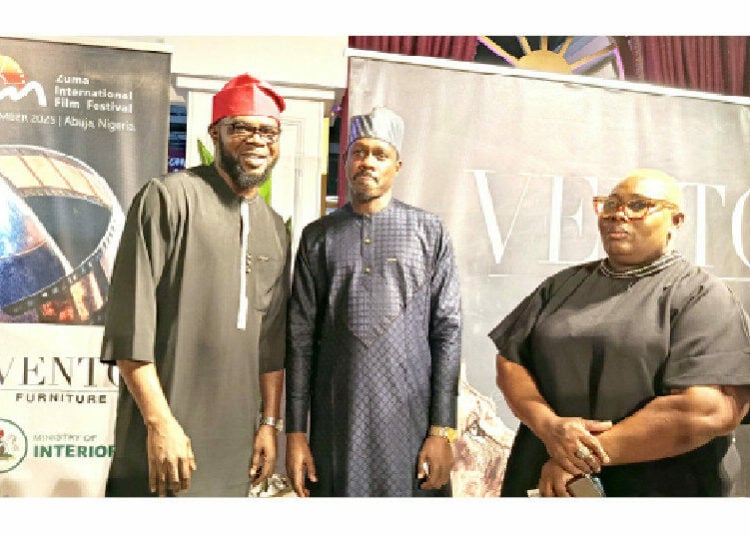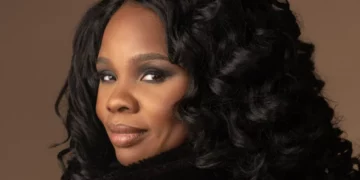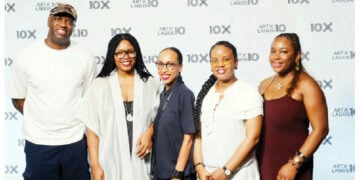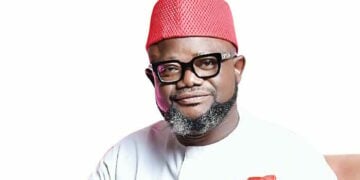‘Dance Speaks’ a documentary centered around six professional dancers in six different genres of dance has heightened the layman’s appreciation of the art of dance.
There is a general assumption that Africans possess a natural rhythm that lends an effortless grace and flow to their movements and step. This is true to an extent. However, for any professional dancer of reputable status, dance comes with the hard work, tears, sacrifice, and often times emotional turmoil.
Korea Culture Centre Nigeria (KCCN) in a bid to promote Korean dance and expose the grit, sheer diligence and sacrifice behind every dance production, screened ‘Dance Speaks’ as part of its monthly SAC On Screen cinema programme.
In the doc, Ballet Dancer – Kim Ji Young; a B-Boy Dancer, Korean Traditional Dancer – Oh Chi Jol; Modern Dancer – Cha Jin Yeob, a Ballerino artiste, and Modern Dancer – Kim Seol Jin, take viewers inside the psyche of a dancer, the specificities of their craft, exploring the fears and the tolls of what they love so much, and dedicated their lives to have taken on them.
For Ballerina Ji Young – as she gets older, the feeling of loss post performances, and the fear of how long she could continue to dance now in her late thirties prevails. B-boy artiste – has a severe crack in his ribs, one the doctor wonders how the pain didn’t keep him up at nights. In her bid to beat her male counterparts and (B-Boy and Street Dancer) partners, Jin Yeob is losing her femininity and is often viewed as masculine, determined and strong-willed. “But I am not always like that.” And Seol Jin – whom a childhood accident left one leg shorter than the other, suffers an inferiority complex – that induced him to try leg lengthening surgery just so he can dance better.
Indeed, the craft has taken its toll on their bodies and mind – both neither had any regrets because it’s worth it. Be it the reward of knowing that they are still the best at their genre, or their ability with the passage of time and experience, enrich their performances from their emotional insecurities.
Unlike the usual pre-recorded stage performances that is the Seoul Arts Centre SAC On Screen project, ‘Dance Speaks’ takes a lecture-performance approach. Commendation goes to the producer and director, for the genius stroke of reveal at the end of the film – which is a curtain call, that sees all the dancers the viewer assumed had been individually interviewed onstage and outdoors, jointly take a bow, to the thunderous applause of a live stage audience – elevating the documentary into a live performance with a two-dimensional audience (those watching the dancers on stage, and the documentary viewers).
“A lot of people see dancers but don’t realize the work, hours, the efforts that go into it. Our choice of the documentary, is informed by Africans and Nigerians love for dance. A love also shared by Koreans. But to also rid people of the mindset of “it’s just dance or entertainment”, and entrench an appreciation of dance as an art, and other craft,” said External Relations and Programme Officer, KCCN, Chidimma Tobins.
Participant, Sharon Pwavi-Babale, said ‘Dance Speaks’ is indicative of how other cultures have impacted the Korean dance culture – from French originated Ballet, to African American B-Boy, the American-born modern dance.
“It also shows the power of dance as a means of expression, showing the exceptional efforts put into movement, creativity and hard work. As a cultural diplomacy practitioner, it has impacted my research and observation of the world going forward. Its challenged me to think of the need of building institutions of dance that can help preserve Nigeria cultures, especially dance, teaching traditional Nigerian dances and the contemporary Afro dance steps.
“On a lighter note, I have been induced to work on my posture after seeing the beautiful postures of the featured dancers.”





